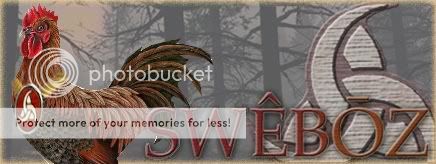
Originally Posted by
Ranika
Yes, it was the use of 'magical', it's not a very serious sounding word. It sounds more that of some snarky individual who thinks everyone else is an idiot. So yes, you sounded snide, and your reply more so; I apologize for not being able to tell the difference though, as English is not my first language. As far as my understanding, your wording was very rude, and your reply substantially more. Also, to be a contrarian, the internet IS full of lies (just look at how many sites claim the Celts came from Ireland; that'd sure surprise the original Keltoi, in central and eastern Europe). But my point was not about lies, but lack of information. All Celtic sites tend to regurgitate the same information, a lot of which is unsupplemented by recent data or flatly out of date by as much as a few decades. The internet is horrendous for proper information beyond the utter basics of what one needs. At best, you can find reports and the like on recent finds, but hardly ever decent examination of the objects within (and 'they found chunks of carnyxes, swords, and shields' in a report is not that illuminating).







 Reply With Quote
Reply With Quote

 )
)

















Bookmarks